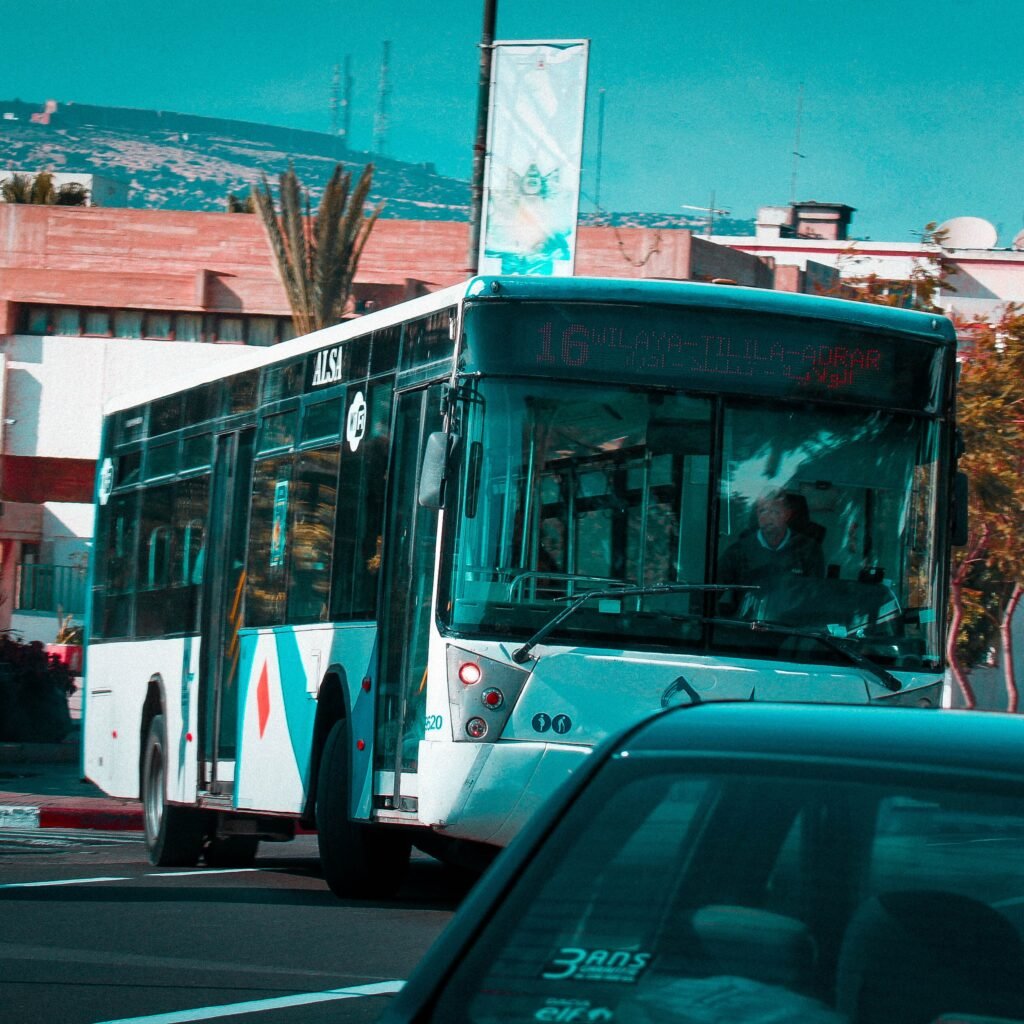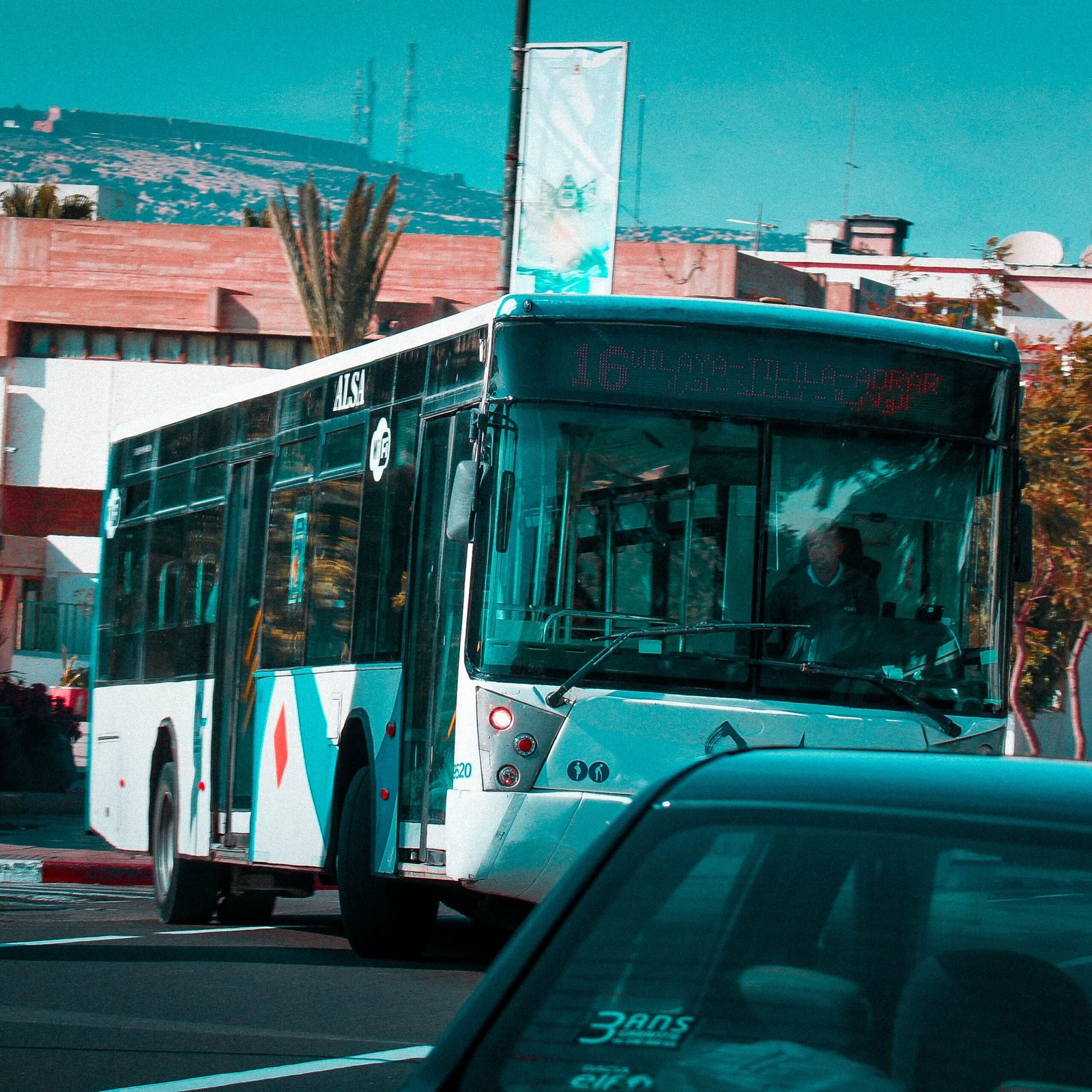Living in a walkable neighborhood has numerous advantages that can greatly enhance your quality of life. From improved physical health to a stronger sense of community, the benefits are truly remarkable. In this article, we will explore the various ways in which a walkable neighborhood can positively impact your everyday life, making it not just a sustainable choice, but a thriving one. So, put on your walking shoes and get ready to discover the wonderful advantages that await you in a walkable neighborhood.

Understanding the Concept of a Walkable Neighborhood
Definition of a walkable neighborhood
A walkable neighborhood is an area that is designed and planned in a way that promotes walking as a primary mode of transportation. It is characterized by a mix of residential, commercial, and recreational areas, with close proximity between homes, shops, schools, and parks. The layout of the neighborhood is pedestrian-friendly, with well-maintained sidewalks, crosswalks, and traffic-calming measures.
Key features of walkable neighborhoods
Walkable neighborhoods typically possess several key features. First and foremost, they have a high level of connectivity, allowing residents to easily walk from one place to another. They also have a diverse range of amenities, including grocery stores, restaurants, and parks, within a short distance of residential areas. The presence of well-maintained sidewalks, bike lanes, and public transit options further enhances walkability.
The evolution of walkable neighborhoods
The concept of walkable neighborhoods has evolved over time. In the past, urban planning focused on separating different land uses, resulting in sprawling suburbs and car-dependent communities. However, there has been a renewed interest in creating walkable neighborhoods as a response to the negative consequences of automobile-centric development. This evolution reflects a growing realization of the benefits that walkable neighborhoods provide in terms of health, environment, society, quality of life, economics, and urban design.
Health Benefits of Living in a Walkable Neighborhood
Promotion of physical activity
Living in a walkable neighborhood encourages physical activity as walking becomes a convenient and enjoyable way to get around. Daily walks to nearby amenities like shops or parks help individuals meet recommended activity levels, leading to improved cardiovascular health, reduced risk of chronic diseases, and increased overall fitness.
Reduction in obesity and overweight issues
One of the significant health benefits of walkable neighborhoods is the potential for reducing obesity and overweight issues. The ease of walking as a mode of transportation promotes regular exercise and helps individuals maintain a healthy weight. Additionally, the presence of parks and green spaces in walkable neighborhoods offers opportunities for outdoor recreation, further contributing to a healthier lifestyle.
Mental health benefits
Living in a walkable neighborhood also has positive effects on mental health. Regular physical activity, such as walking, has been shown to reduce symptoms of anxiety and depression, improve mood, and enhance overall psychological well-being. The sense of community and social interaction that often accompanies walkable neighborhoods further contributes to positive mental health outcomes, fostering a sense of belonging and connectedness.

Environmental Advantages of Walkable Neighborhoods
Reduction in air pollution
Walkable neighborhoods contribute to a reduction in air pollution by decreasing the number of vehicles on the road. As individuals are encouraged to walk or use alternative modes of transportation, such as bicycles or public transit, the overall emissions from cars are significantly reduced. This reduction in air pollution helps improve air quality, leading to a healthier environment for both residents of the neighborhood and the wider community.
Decreased dependency on vehicles
Walkable neighborhoods aim to decrease dependency on private vehicles by providing alternative transportation options. Access to public transit, such as buses or trains, encourages residents to use sustainable modes of transport for longer journeys. By reducing the reliance on cars, walkable neighborhoods help alleviate traffic congestion, decrease fuel consumption, and contribute to a more sustainable transportation system.
Conservation of natural resources
Walkable neighborhoods promote the conservation of natural resources. With a focus on compact, mixed-use development, less land is required for transportation infrastructure and parking lots. This allows for the preservation of green spaces and natural landscapes, reducing the environmental impact of urban development. Additionally, the use of smaller, energy-efficient homes in walkable neighborhoods further supports sustainability by reducing energy consumption and carbon emissions.
Societal Advantages of Walkable Neighborhoods
Promotion of community interaction
Walkable neighborhoods facilitate community interaction by encouraging pedestrians to interact with their surroundings and with each other. The presence of well-designed sidewalks, public seating areas, and community spaces creates opportunities for spontaneous encounters and social connections. This sense of community fosters a collective identity and strengthens social ties, promoting a greater sense of belonging and well-being among residents.
Increased safety due to pedestrian activity
The presence of pedestrians in walkable neighborhoods contributes to increased safety. With a higher number of people walking, drivers tend to be more cautious and aware of their surroundings, reducing the risk of accidents. Additionally, well-lit streets, clearly marked crosswalks, and traffic-calming measures enhance pedestrian safety and create a more secure environment for residents of all ages.
Enhancement of local economy
Walkable neighborhoods have the potential to enhance the local economy. The close proximity of businesses to residential areas encourages residents to support local shops, restaurants, and services. This increased foot traffic can lead to a thriving local economy, with businesses benefiting from a steady customer base. Additionally, walkable neighborhoods often attract visitors from outside the community, further stimulating economic activity and promoting tourism.

Quality of Life and Walkability
Access to amenities and services
One of the main advantages of living in a walkable neighborhood is the easy access to amenities and services. Everyday essentials, such as grocery stores, pharmacies, and healthcare facilities, are typically within walking distance. This convenience saves residents time and reduces the need for car trips, enhancing the overall quality of life.
Increased opportunities for socialization
Walkable neighborhoods provide increased opportunities for socialization. The proximity of homes, parks, and gathering spaces allows residents to engage in spontaneous interactions and build social connections. Whether it’s chatting with neighbors while walking to the local market or participating in community events held in nearby parks, the walkability of the neighborhood fosters a sense of community and belonging.
Promotion of a healthier lifestyle
Living in a walkable neighborhood promotes a healthier lifestyle overall. With amenities and services within walking distance, individuals are more likely to incorporate physical activity into their daily routines. Regular exercise, fresh air, and the sense of connection with the community contribute to improved physical and mental well-being. The walkability of the neighborhood acts as a catalyst for a healthier lifestyle, leading to a higher quality of life for residents.
Economic Benefits of Walkable Neighborhoods
Higher property values
Walkable neighborhoods often have higher property values compared to car-dependent areas. The convenience, accessibility, and desirability of living in a walkable neighborhood drive up demand, resulting in increased property prices. The higher property values provide homeowners with a valuable asset and can contribute to long-term financial stability.
Savings on transportation
Living in a walkable neighborhood can lead to significant savings on transportation costs. With convenient access to amenities, residents may not require a car or may choose to own fewer vehicles. This not only reduces expenses related to car ownership, such as fuel, insurance, and maintenance but also decreases the need for costly daily commutes. The savings on transportation can be redirected towards other aspects of life, improving overall financial well-being.
Boosting local businesses
Walkable neighborhoods have the potential to boost local businesses and stimulate economic growth. The close proximity of shops, restaurants, and services encourages residents to shop locally, supporting small businesses. This increased patronage can lead to the creation of jobs and a flourishing local economy. Additionally, the presence of vibrant commercial areas in walkable neighborhoods can attract visitors from outside the community, further contributing to economic development.
Walkable Neighborhoods and Urban Design
Influence on architecture and planning
Walkable neighborhoods have a significant influence on architecture and planning. The design of buildings and public spaces is centered around creating an inviting and accessible pedestrian environment. Buildings may be designed with ground-level retail spaces to promote street-level activity, while public spaces are strategically placed to facilitate community interaction. The architecture and planning of walkable neighborhoods prioritize human-scale design, prioritizing the needs and well-being of pedestrians.
Integration of green spaces
Walkable neighborhoods often prioritize the integration of green spaces into the urban fabric. Parks, gardens, and greenways provide residents with access to nature, promoting a healthier and more sustainable environment. Green spaces serve as gathering places for recreational activities, contribute to biodiversity conservation, and enhance the aesthetics of the neighborhood. The integration of green spaces in walkable neighborhoods supports a balanced and sustainable urban development.
Promotion of sustainable urban development
Walkable neighborhoods play a crucial role in promoting sustainable urban development. The compact, mixed-use design reduces the need for long-distance travel, minimizing energy consumption and carbon emissions. The integration of public transit options encourages the use of sustainable modes of transportation. Additionally, the emphasis on walkability supports a more inclusive, equitable, and socially connected urban environment, fostering a sense of community and reducing social isolation.
Walkability and Public Transport
Facilitates the use of public transport
Walkable neighborhoods seamlessly integrate with public transport systems, making it easier for residents to utilize and benefit from these services. The proximity of homes to public transit stops or stations encourages residents to incorporate public transport into their daily routines. This increases the efficiency and accessibility of public transportation, promoting a shift away from private vehicles and reducing congestion on the roads.
Reduces traffic congestion
Walkable neighborhoods help alleviate traffic congestion by reducing the number of cars on the road. As more residents choose to walk or opt for public transportation, the overall demand for car travel decreases. This reduction in traffic congestion not only improves efficiency and reduces travel times but also contributes to a more sustainable and environmentally friendly transportation system.
Promotes a shift towards sustainable modes of transport
Walkable neighborhoods promote a shift towards sustainable modes of transport by providing convenient alternatives to cars. The integration of pedestrian infrastructure, cycling lanes, and public transit options encourages residents to choose more sustainable modes of transportation for their daily commutes. By reducing reliance on cars and promoting the use of public transport, walkable neighborhoods contribute to the overall sustainability and resilience of the urban environment.
Challenges in Developing Walkable Neighborhoods
Infrastructural barriers
The development of walkable neighborhoods can face various infrastructural barriers. In some cases, existing road networks and infrastructure may not be designed to accommodate pedestrians effectively. Retrofitting or upgrading infrastructure to create walkable environments can be costly and time-consuming. Additionally, securing funding and political support for such projects can pose challenges, especially in areas where car-centric development has been prioritized.
Densification concerns
Densification, a key component of walkable neighborhoods, can be a contentious issue for some communities. There may be concerns about increased traffic, parking shortages, and the impact on property values. Balancing the need for higher population densities with the preservation of neighborhood character and quality of life can be a challenge that requires careful planning and community engagement.
Potential gentrification issues
The development of walkable neighborhoods can inadvertently lead to gentrification, as property values increase and higher-income residents move into the area. This can displace existing low-income communities and erode the social fabric of the neighborhood. To ensure the inclusivity and affordability of walkable neighborhoods, measures such as affordable housing requirements and community development programs need to be implemented.
Future of Walkable Neighborhoods
Influence of technology on walkability
The future of walkable neighborhoods is likely to be influenced by advancements in technology. Innovations such as electric scooters, bike-sharing programs, and ridesharing services are already changing the way people move within urban environments. In the future, advancements in autonomous vehicles and smart infrastructure may further enhance the ease and safety of walking in neighborhoods. Technology has the potential to improve connectivity, enhance accessibility, and create innovative solutions that support and enhance walkability.
Trends and predictions for walkable neighborhoods
Trends in urban planning and design indicate a growing interest in walkable neighborhoods. As society becomes more aware of the benefits of walkability, there is a shift towards creating mixed-use, pedestrian-friendly communities. This trend is expected to continue, with a focus on creating vibrant, livable neighborhoods that prioritize the well-being of residents and the environment. The integration of sustainable practices and the consideration of equity and inclusivity are also likely to be key trends in the development of walkable neighborhoods.
Role in achieving sustainability goals
Walkable neighborhoods play a crucial role in achieving sustainability goals at the local and global level. By reducing car dependency, promoting sustainable modes of transportation, and creating compact, mixed-use development, walkable neighborhoods contribute to the reduction of carbon emissions, conservation of natural resources, and the overall resilience of urban areas. As cities and communities strive to become more sustainable, walkable neighborhoods will continue to play a significant role in creating greener, healthier, and more liveable urban environments.
In conclusion, the concept of walkable neighborhoods offers numerous benefits across various domains. From improving individual and community health to reducing environmental impacts and boosting local economies, walkable neighborhoods provide a blueprint for sustainable and high-quality urban living. As urbanization continues to shape our cities, prioritizing walkability and incorporating its principles into urban design and planning will be essential in creating more vibrant, inclusive, and sustainable communities.
